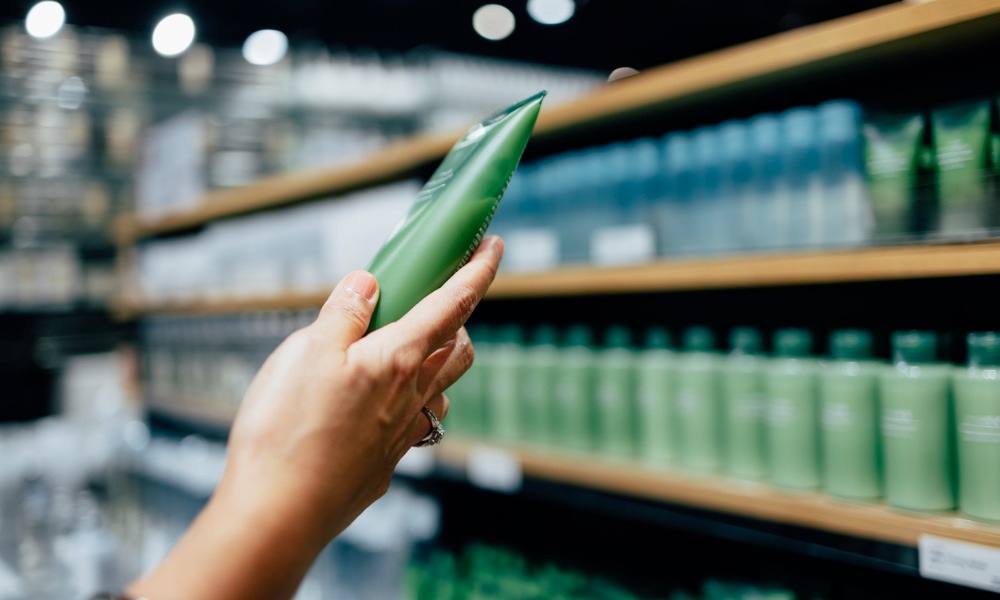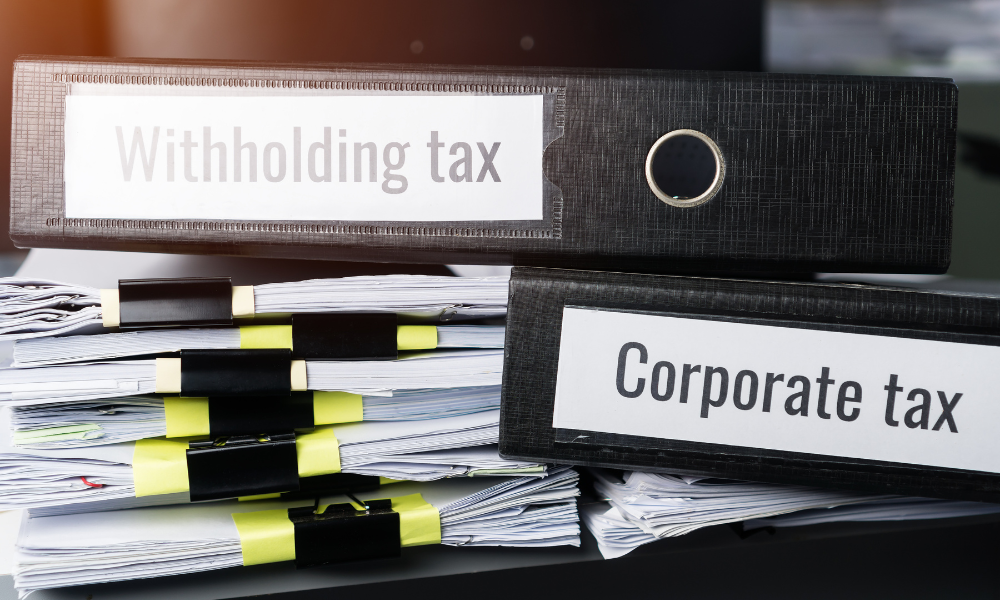Every manufacturer, producer, advertiser, and seller owe a certain degree of care to its customers regarding the safety of their products. When this duty of care is violated, the laws on product liability outline who is responsible and what remedies available to buyers.
What is a product liability?
Product liability is the legal duty of businesses that produce or sell products which turn out to be defective. As a result of this defect, the product causes harm to the consumer or their property.
Defective products give rise to a cause of action for product liability claim. Under Canadian law, these claims – if proven – will hold the defendant liable for damages in favor of the plaintiff, among any other remedies that the court may deem appropriate.
Three major areas of product liability
In general, there are three major areas of product liability that result in a claim for negligence and damages. These areas are also the basis for what may be considered a defective product.
Defects in the product design
There may be a cause of action for product liability when the defect is present in the product design itself. Here, plaintiffs must prove with expert evidence that the product design is flawed or defective in the first place.
Plaintiffs must also prove that the product would still cause harm or is dangerous in itself:
- even if the product was carefully manufactured;
- even if the product was used as directed; or
- even if the product was safely handled.
Manufacturing defects
Product liability may also be based on manufacturing defects which occur during the product’s manufacturing or assembly. It may be due to:
- the negligence of the manufacturer or its workers; or
- the product design not being followed by the manufacturer, even if the design is defect-free; or
- the faulty materials that were used in the production of the product
Plaintiffs who rely on manufacturing defects in their product liability claim must prove that it is the manufacturer’s fault that made the product unsafe to use.
Marketing defects
When a product is labelled improperly, contains insufficient instructions, or has no inadequate safety warnings, it may fall under the category of marketing defects.
Here, plaintiffs must point out the fault or negligence of the manufacturer or the advertiser in improperly labelling or marketing its products. Plaintiffs may also prove that the product did not comply with industry standards or regulations.
Canadian laws on product liability
There are several Canadian laws which will guide businesses and consumers on product liability, in addition to Canadian common law principles and doctrines.
Federal product liability laws
These are the federal legislations that will determine what is the product liability, industrial standard, or regulation that will apply to a certain business, depending on the product that they are engaged in:
- Canada Consumer Product Safety Act: for consumer products and their components, parts, accessories, and packaging
- Food and Drugs Act: for food, drugs, cosmetics, medical equipment, and therapeutic devices
- Pest Control Products Act: for pest control products
- Motor Vehicle Safety Act: for motor vehicles and their equipment
- Hazardous Products Act: for hazardous products
Any violation of these federal laws may result in a criminal offense and civil liabilities. This is in addition to a possible offense under the criminal negligence provisions of the Canadian Criminal Code. It may even result in a class action suit in some cases.
These laws also provide for the relationship between the government and the businesses that are engaged in any of the chain of production of these products. For example, these laws empower certain government agencies to enforce regulations and conduct inspections or investigations.
Know more about some these laws in this video:
Provincial and territorial product liability laws
Certain provinces have also enacted their own legislation to govern what is the product liability of manufacturers, sellers etc. in their own district. Some of these provincial laws are:
- Ontario: Sale of Goods Act
- British Columbia: Sale of Goods Act
- Québec: Consumer Protection Act
- Alberta: Sale of Goods Act
Québec’s Civil Code will also apply in the case of product liability, such as its provisions on negligence and warranties. These laws impact new items like smart products and the Internet of Things, as a recent Lexpert article pointed out.
Since Québec is not a common law province, consumers and businesses may want to speak to a Lexpert top-ranked product liability litigation lawyer on the Civil Code’s application of product liability.
Read more: What will you do if you get a defective product?
Liable entities for defective products
To establish what product liability is, there’s the question of who the liable parties are. In this case, any of the entities or businesses involved in the chain of production and distribution may be held liable for product liability.
These entities or businesses include:
- product owners
- manufacturers
- testers
- inspectors
- certifiers
- importers
- wholesalers or distributors
- sellers or retailers
- repairers or installers
A particular business may be a combination of these roles, depending on their business. For example, one company may be the product owner and the manufacturer itself, while another company may also be an importer and the seller at the same time.
Read next: Lawyers that sue companies for product liability: meet the professionals and know the law
Is product liability strict in Canada
There is no strict liability under Canada’s laws on what is a product liability. This means that the plaintiff (i.e., the injured party, or the party whose property was damaged) has the burden of proving before the court:
- that the product is defective, either in its design, its manufacturing, or its marketing
- that the defendant (either the manufacturer, the seller, or the advertiser) was negligent
- that the negligence of the defendant was the cause of the product’s defect
Otherwise, the product liability claim of the plaintiff would fail.
However, during trial, if the plaintiff is successful in proving the three points above, the burden shifts to the defendant. They must now prove that they were not negligent or that the product was not defective.
How do you prove product liability?
To prove what is the product liability of the manufacturer, seller, or anyone in the production and distribution chain, the plaintiff must prove that:
- there was actual injury to one’s person or property
- the product was defective either in its design, manufacturing, or marketing
- the defect was the cause of the injury to one’s person or property
- the defective product was used under normal circumstances or as directed
Interested in knowing more about what a product liability is? Get in touch with the best product liability litigation lawyers in Canada as ranked by Lexpert.





